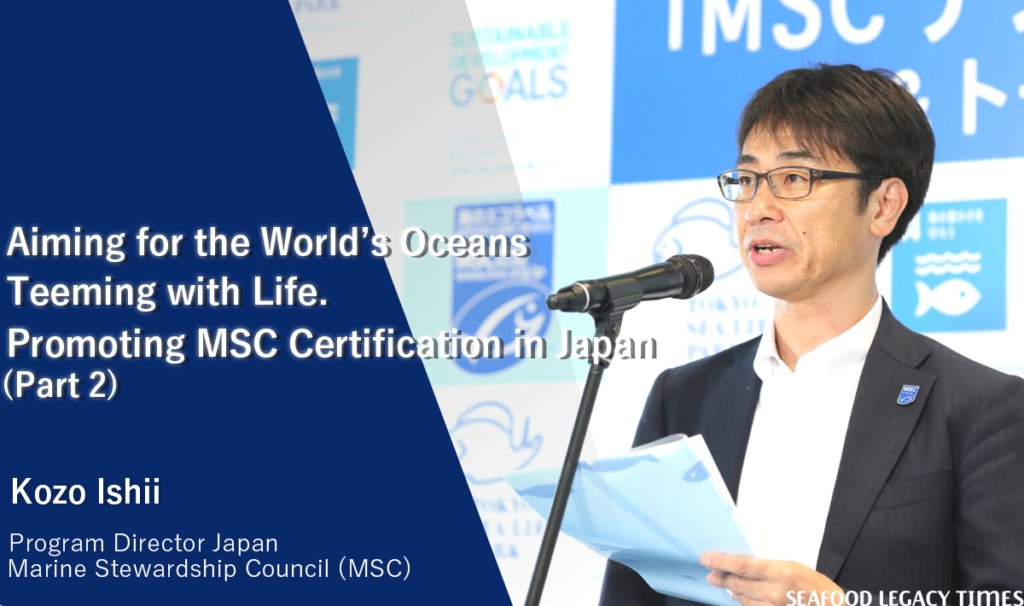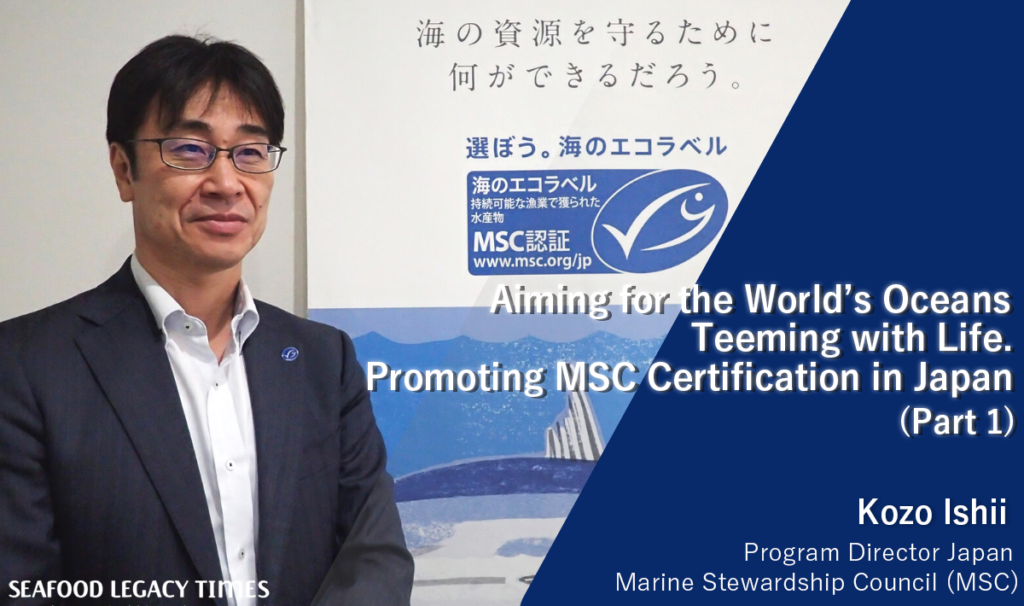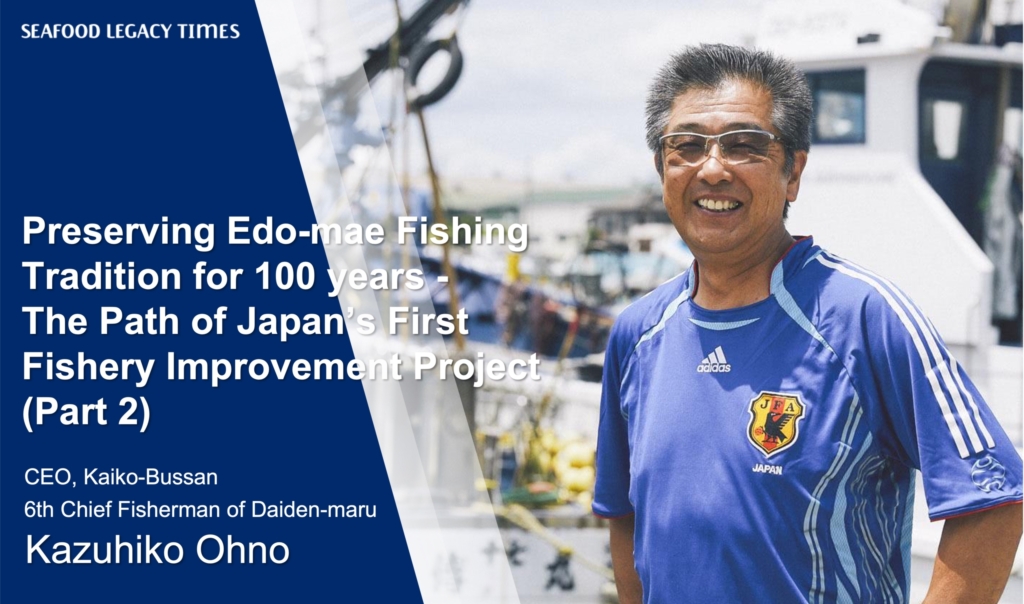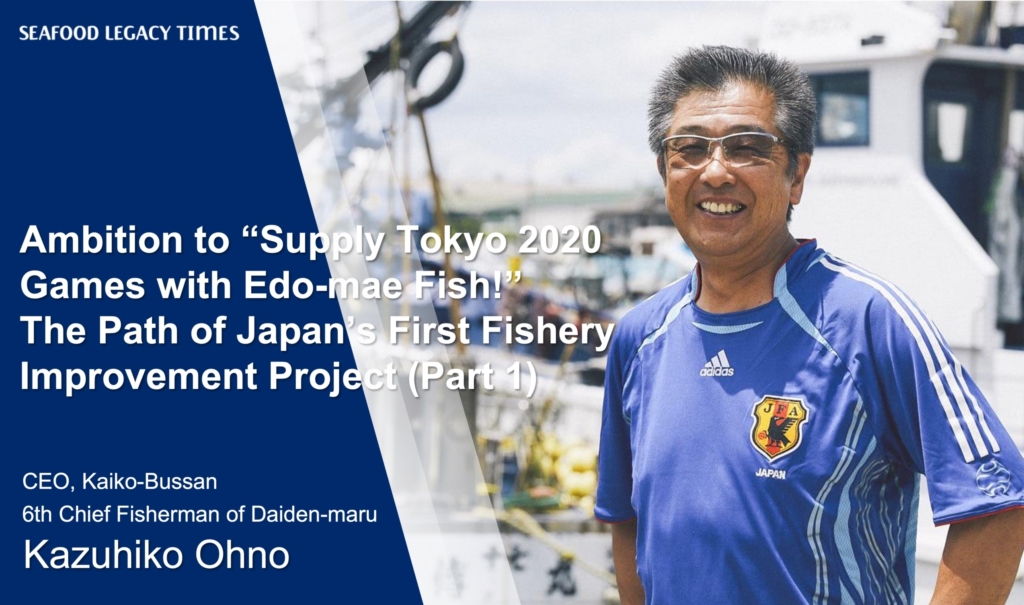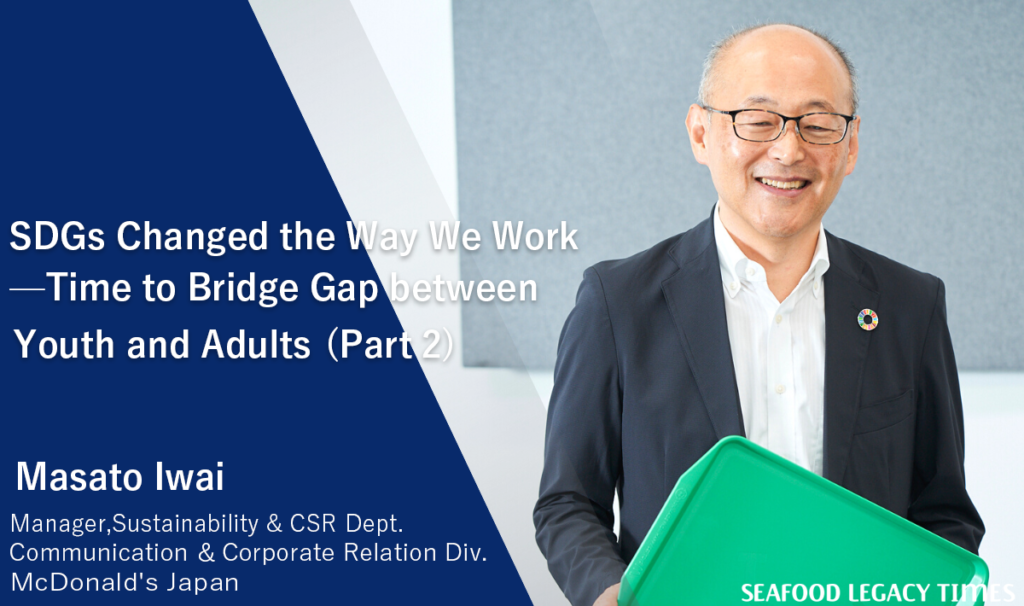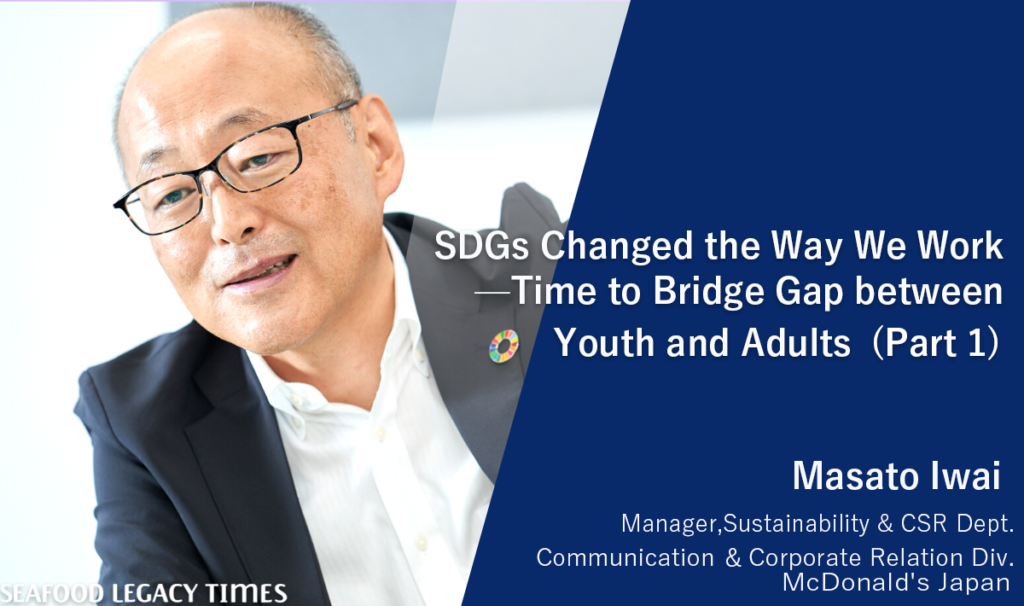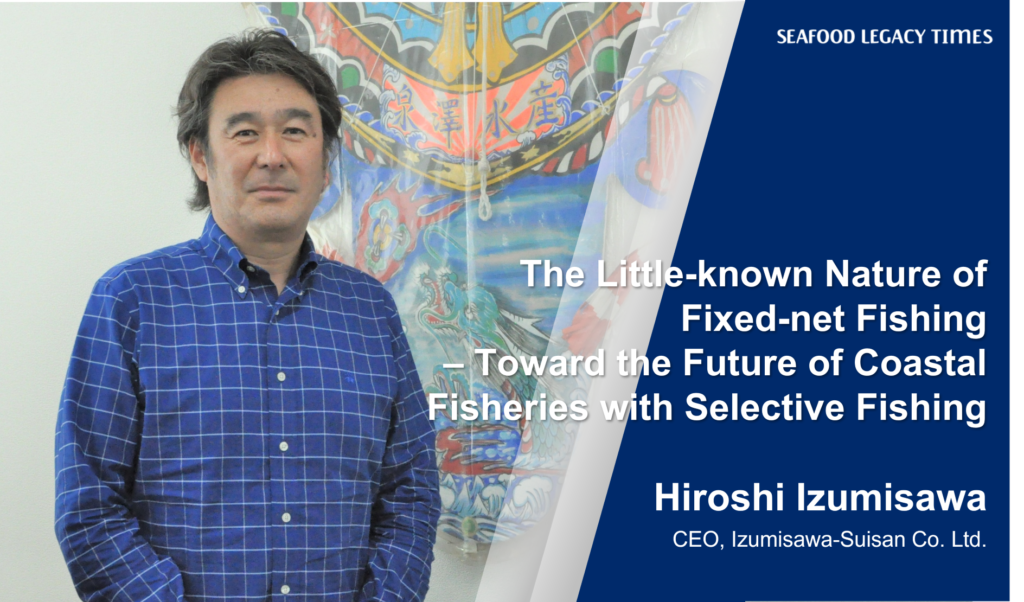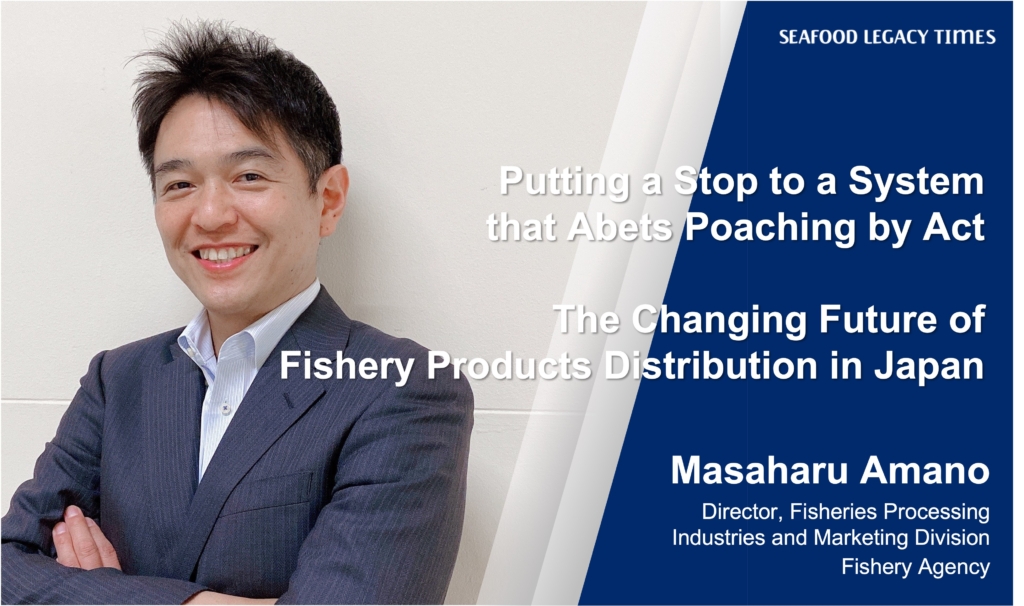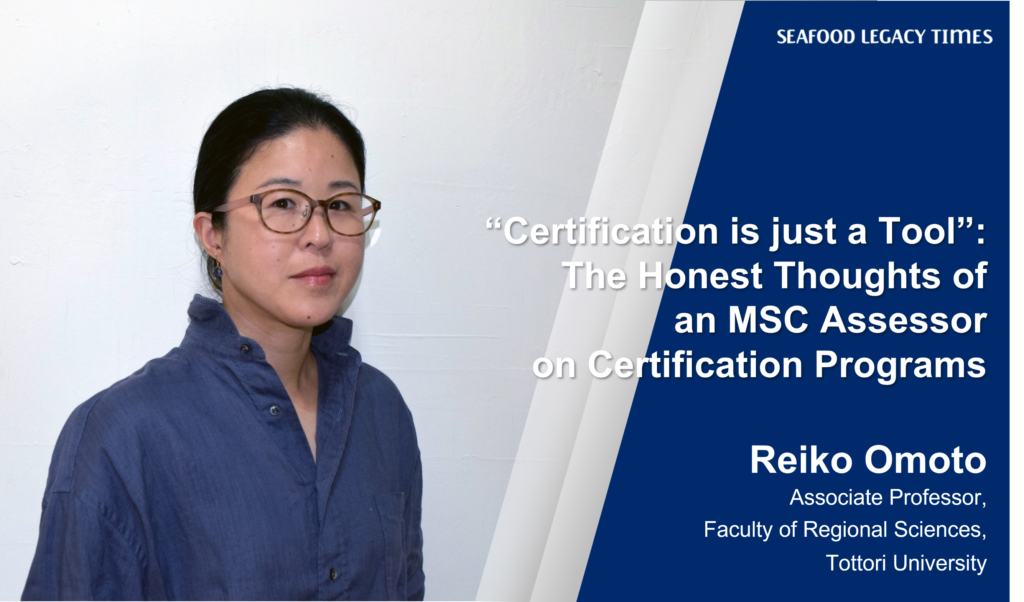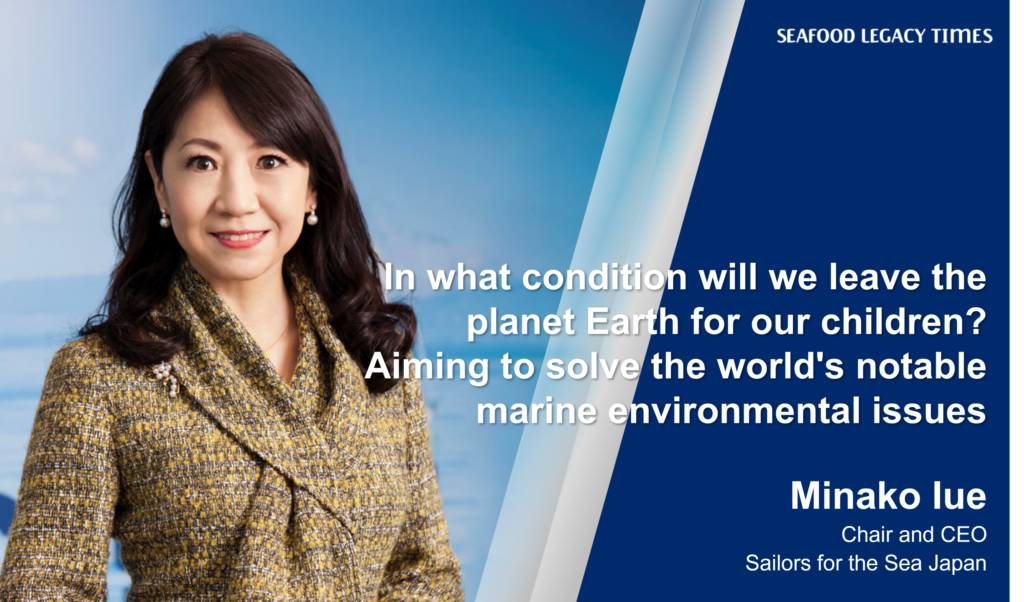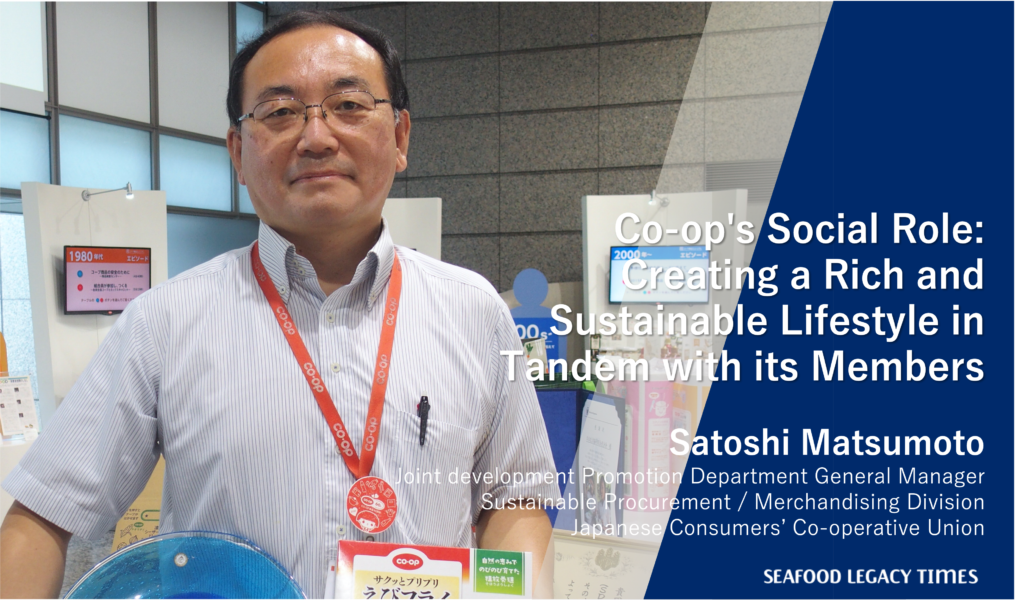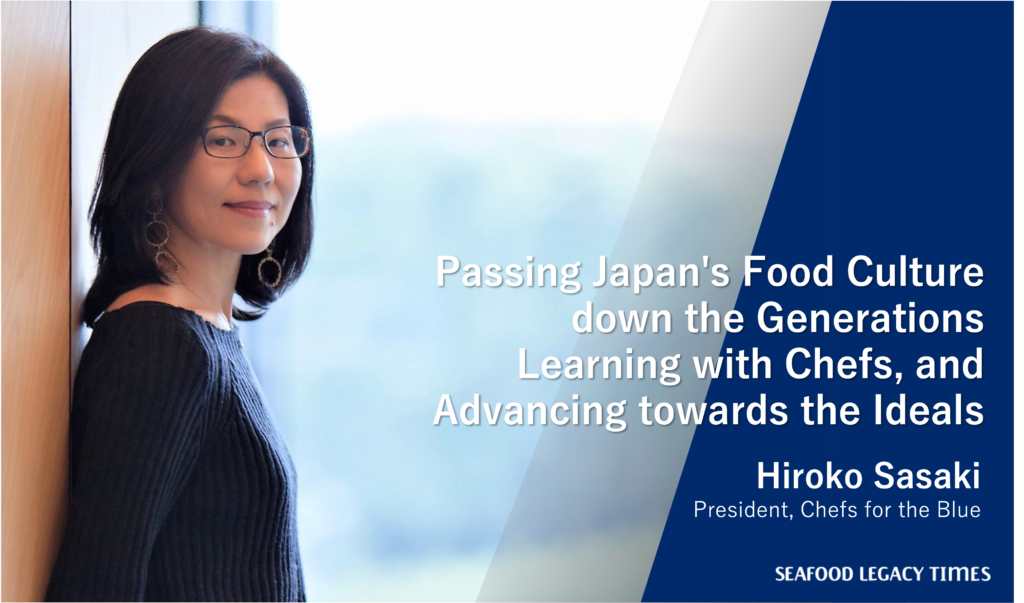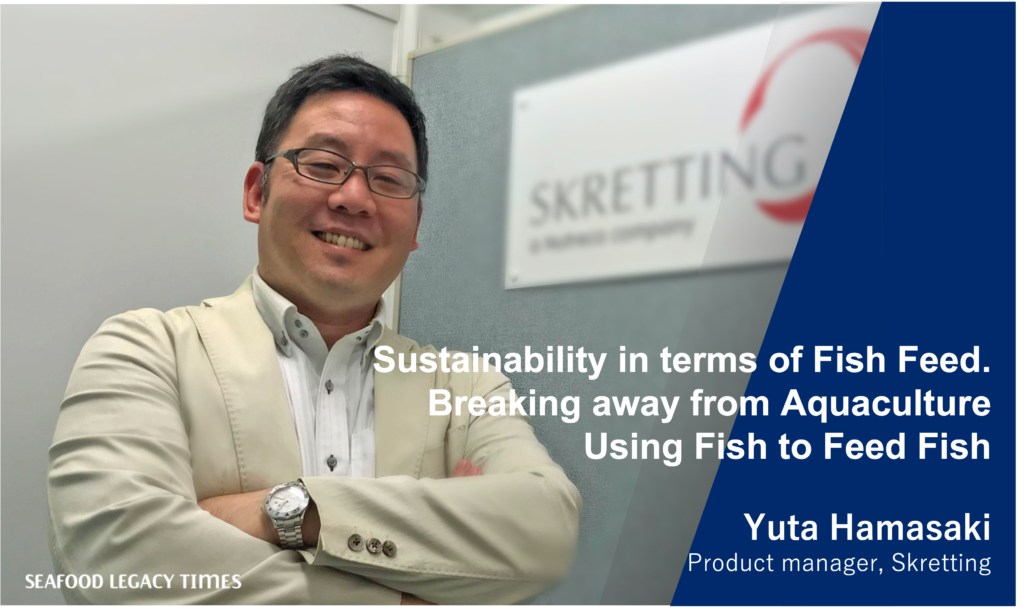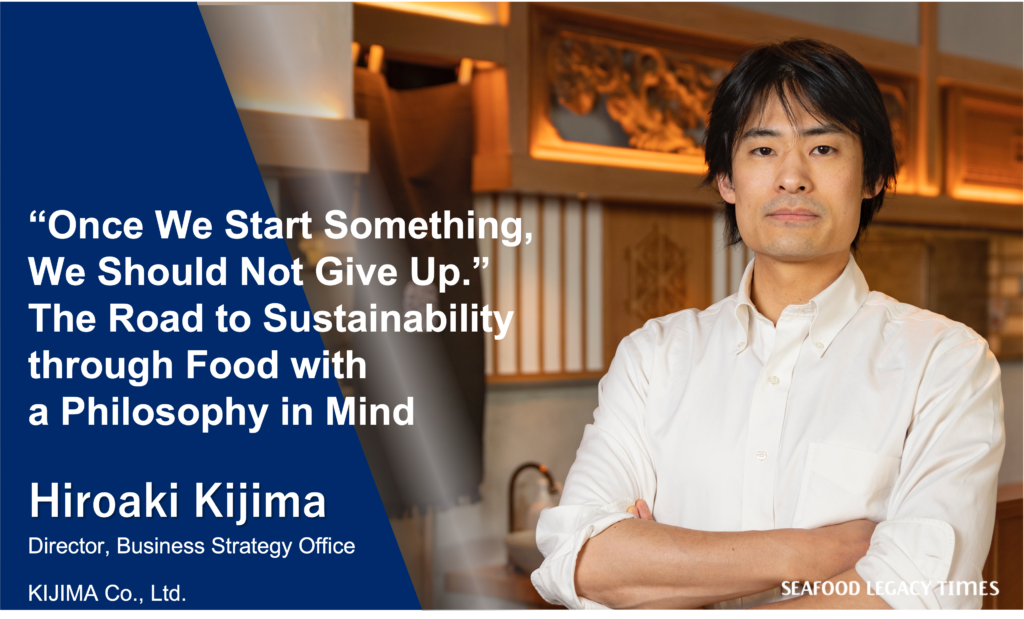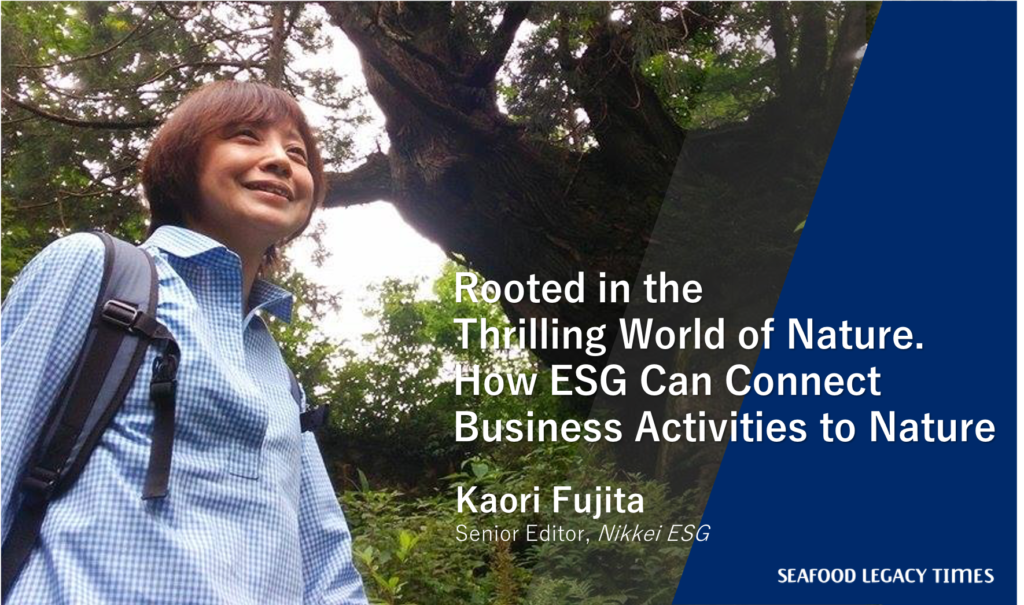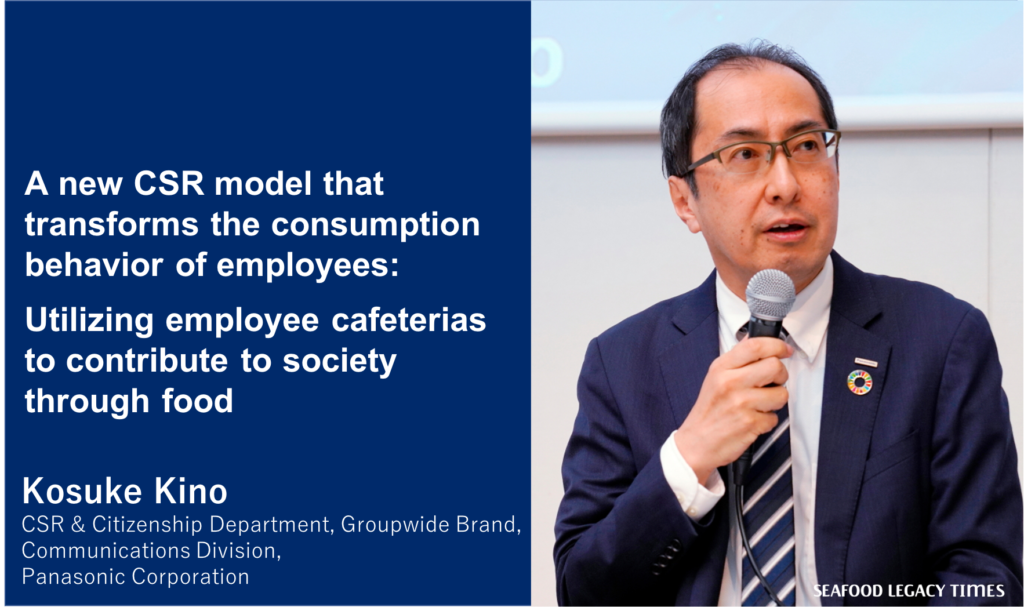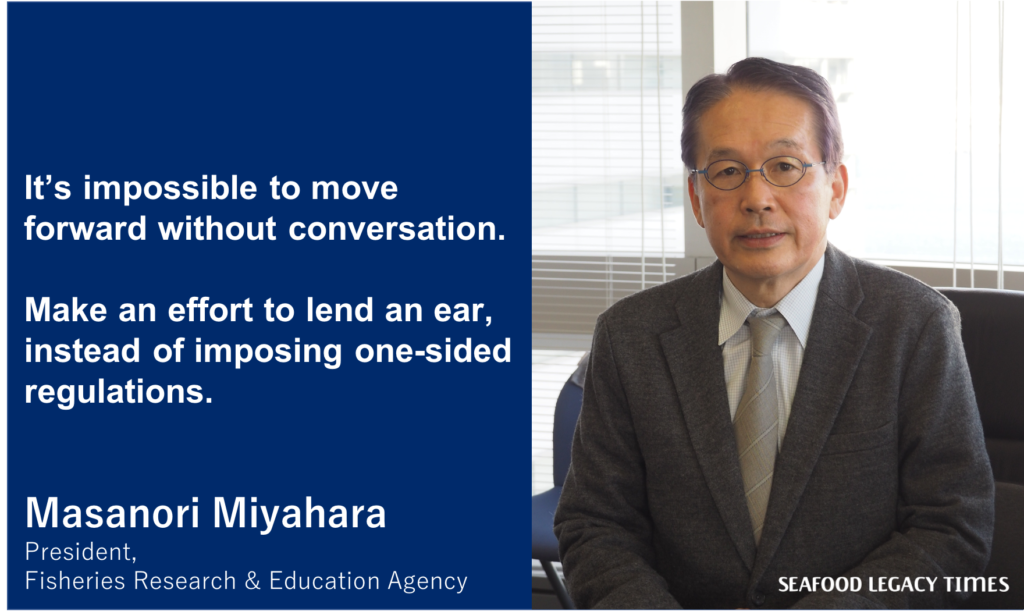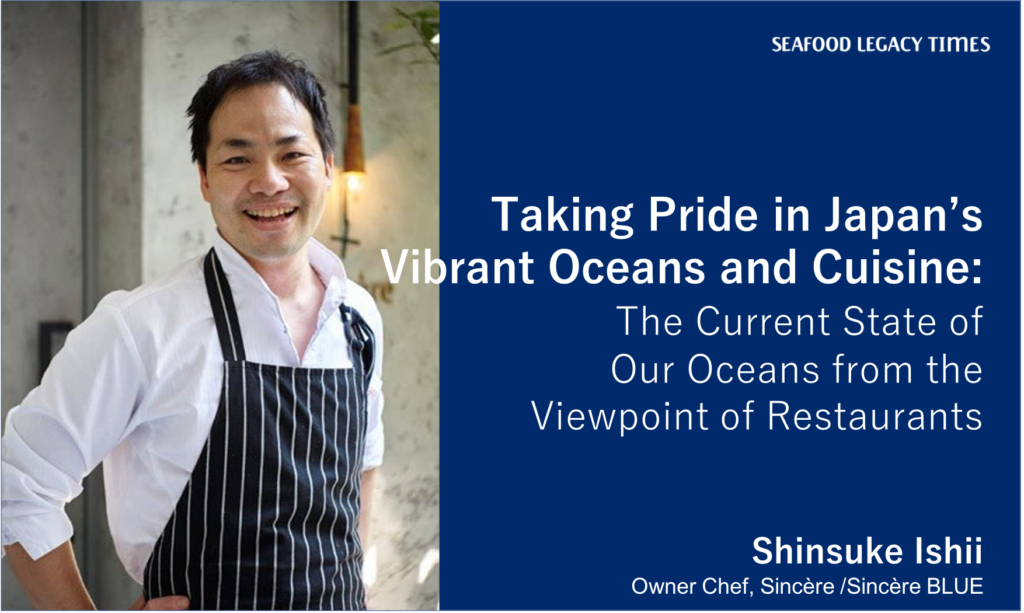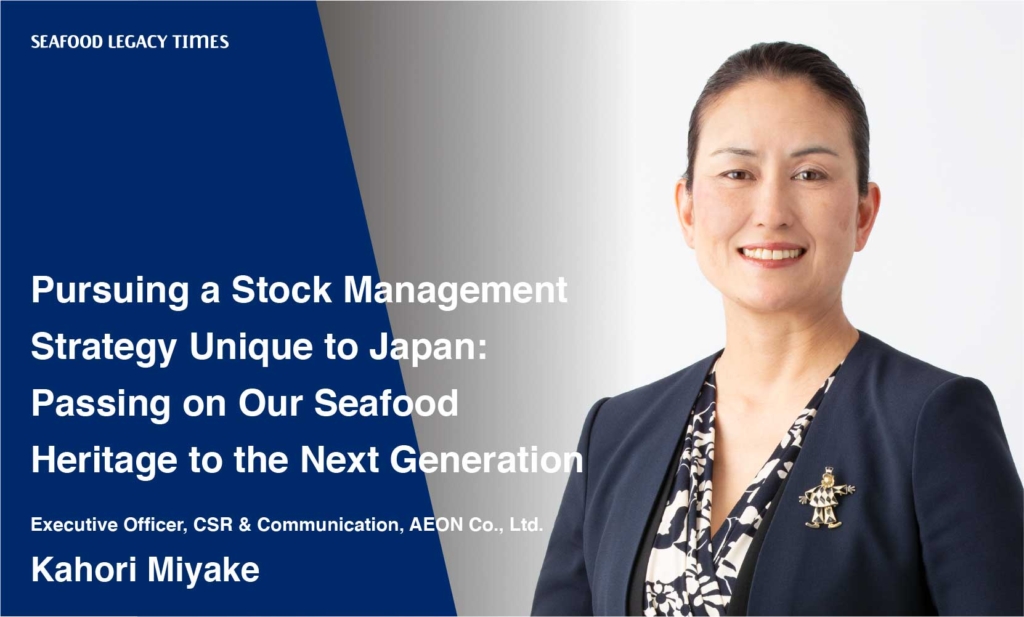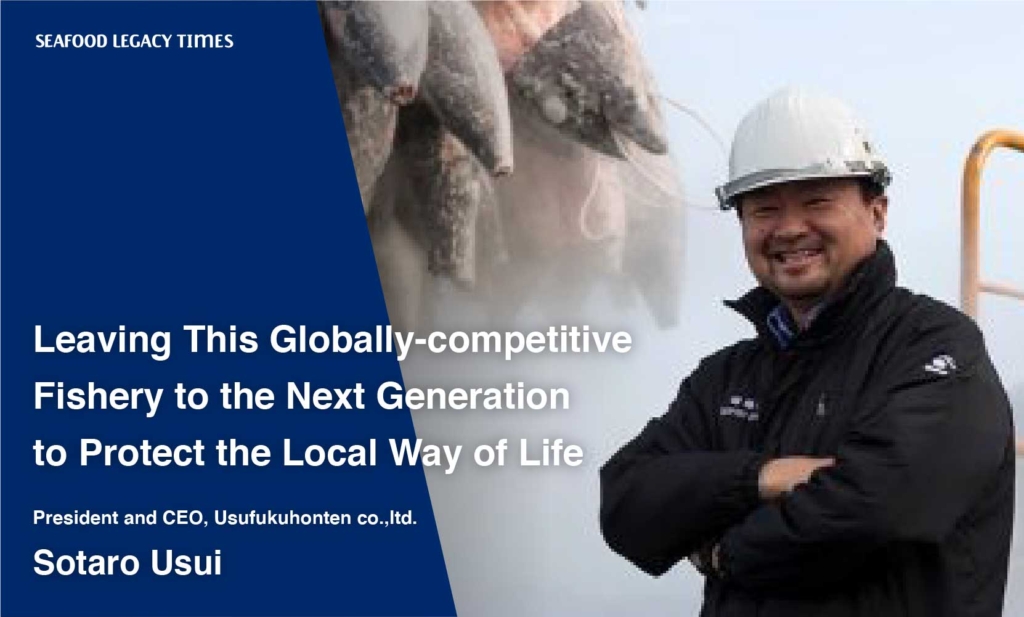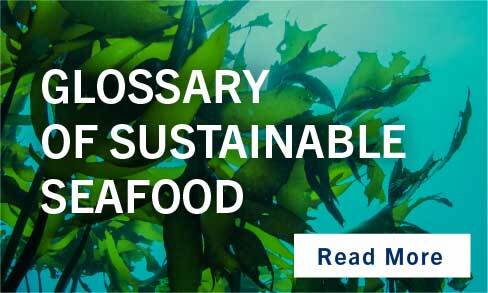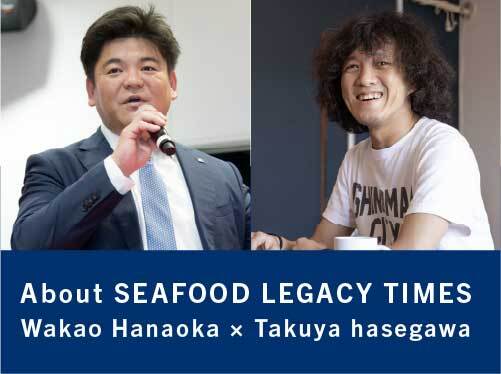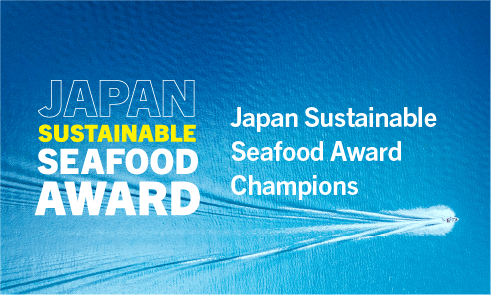

BAP certification has been obtained for 30 species in 36 countries around the world. The Global Seafood Alliance behind the certification has staff located in 18 countries, divided into “producing countries” and “market countries,” where it is actively working to promote BAP certification.
For part two, we interviewed Kota Shibai, who became the GSA’s coordinator for the Japanese market in 2021, about the hard work that went on behind the scenes of Japan’s first BAP certification in March 2023, advice for Japanese seafood companies when becoming certified, his goals for the future, and more.
<<< Read Part 1
——The Ainan Fisheries Cooperative, Yasutaka Suisan, amd Hamasui Co. Ltd. received the first BAP certification ever in Japan and the world’s first certification for red sea bream in March 2023. What sort of difficulties were there in the certification process?
 Ainan Fisheries Cooperative Sales Promotion Department Manager, Takahiro Okada (Center)
Ainan Fisheries Cooperative Sales Promotion Department Manager, Takahiro Okada (Center)
I think one difficult thing was that the whole audit process, including on-site audits and document submission, had to be done entirely in English. Additionally, audits for processing plants were particularly strict: we had to send samples of finished products to a lab overseas to check microorganism and pharmaceutical residue in order to become certified.
Certification for farms is applied to each demarcated fishery in Japan, so I think they had trouble deciding which demarcation to select for certification. For example, if there are 20 fish pens in a demarcation, some fish farmers don’t use all of them to farm an identical fish species, but use some of them for different species. However, BAP certification basically requires to apply for all the pens in a demarcation at once, so you have to either make all 20 of those pens have the same species or apply for certification for all of the species.
While they did face those kinds of difficulties, they successfully received the first BAP certification in Japan, so they’ve gotten inquiries from other domestic producers. It seems like that some business talks are progressing, mainly with existing end users. We’re also in talks with companies exporting to North America, but there are problems with breaking into local markets, like competition with local fish.
——Do you have any advice for Japanese aquaculture industry companies that are seeking to acquire BAP certification?
BAP certification isn’t just for farms. It audits the upstream along the supply chain from processing plants to farms, feed mills, and hatcheries. Out of these, audit standards for processing plants are particularly strict, so that’s a pretty high hurdle to clear.
Additionally, except for some shellfish, BAP certification only allows for aquaculture using artificial seeds, and wild seeds are banned. Regarding feed, unheated feed is banned due to food safety concerns. The maximum FIFO (
Fish In: Fish Out ratio), which compares the volume of fish put into feed to the volume of fish harvested, varies by species, but even when processing residue is included it’s set at 5.0 (five times as much fish put in as taken out). For example, if you want to raise one ton of fish, you have to keep the amount of wild fish used as feed to below five tons. Also, as of the end of August 2023, audits are all performed in English, so the whole process, including documents and papers, has to be handled in English.
——In addition to the BAP certification, GSA also manages the RFVS certification. Could you please tell us about that? Do you see a possibility that Japanese farmers to acquire that?
RFVS (Responsible Fishing Vessel Standard) is one part of Best Seafood Practices (BSP), a third-party certification program the GSA started in 2021. It’s a voluntary certification program that guarantees the safety and welfare of fishing vessel crew members.
As of August 2023, 45 processing plants and 38 fishing vessels in the world have obtained RFVS certification, but there has yet to be a single one in Japan. The audits are in English, just like the BAP certification, and there’s not much demand in the market, so many Japanese companies make do with their own internal standards. However, interest in RFVS certification is increasing, so I think we might see some cases in Japan in the near future.
——From your standpoint, what do you see as the biggest issue for the Japanese seafood industry?
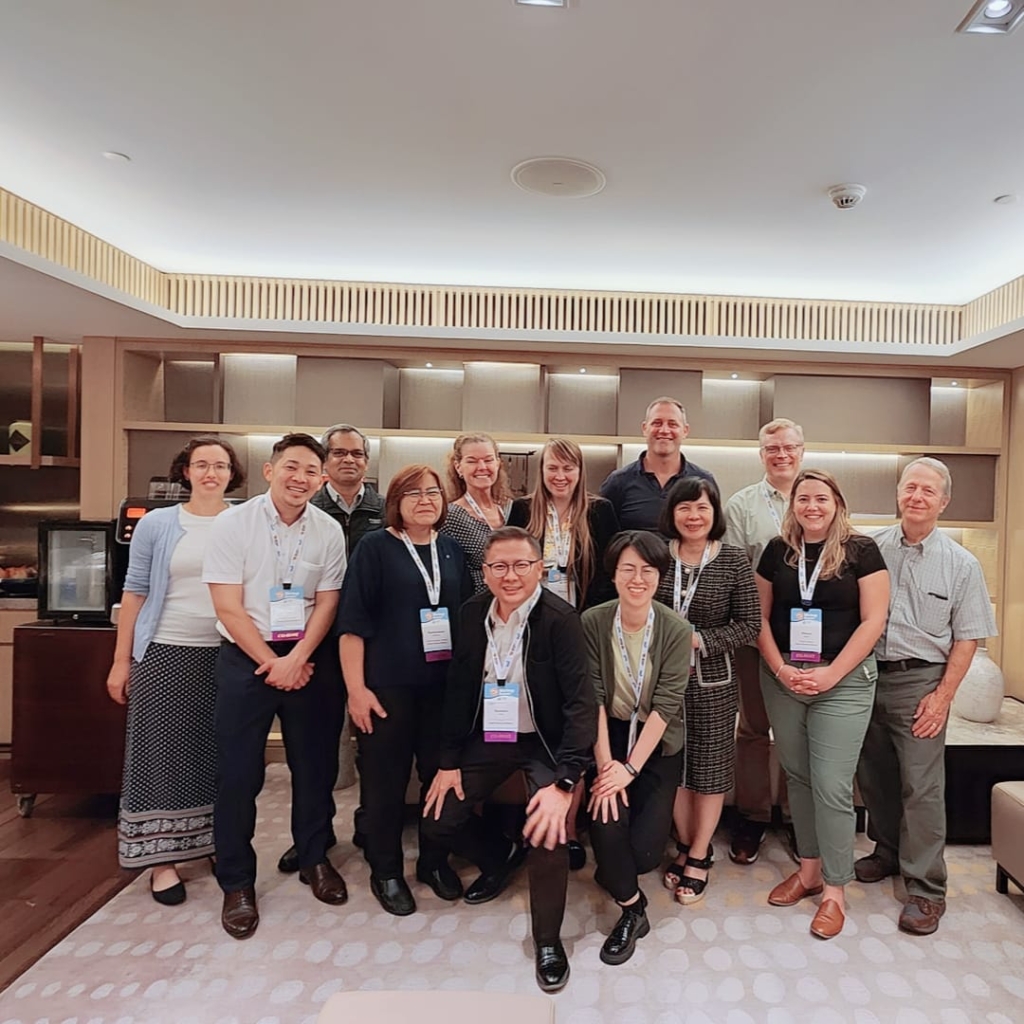 With a part of the GSA team members
With a part of the GSA team members
The first issue is the responsible management of wild fish stocks. Having your own country’s wild fish stocks in a sustainable state will surely have a positive impact on a variety of other issues. If we lose our stocks and become poorer, people will walk away from the industry, working conditions like wages and concern for food safety will worsen, and service quality will decline. Even in aquaculture covered by BAP certification, a large portion of feed relies on wild stocks, so appropriately managing them directly leads to further development of the industry.
Food loss and waste, and food mileage are also important issues. I hope that BAP certification can contribute to solving them in some way. Regarding food loss and waste, I feel that we need to do something about certified seafood that comes through a well-managed supply chain remaining unsold at retail stores. For food mileage, Japan often imports and consumes “sustainable seafood” from overseas that comes on ships or planes, and moving forward I think that BAP certification can support local production and consumption by promoting domestic BAP-certified products.
——Finally, please tell me your outlook or goals for the future.
 Visiting lectures at elementary schools
Visiting lectures at elementary schools
I think the advantage of BAP certification is that it gets consumers involved. It covers environmental responsibility, social responsibility, food safety, health and welfare of animals, and traceability, all themes that we in the seafood industry should be putting serious effort into.
I think the key to spreading BAP certification in Japan lies with retailers and restaurants. If retailers put serious effort into dealing with more BAP-certified seafood, that will surely lead to consumers choosing those products. That’s why I want to continue promoting awareness of BAP certification in Japan: to build a movement of consumers desiring certified seafood.
I don’t doubt that some companies are thinking about certification but hesitate due to its strict standards. To any such firms, please reach out to me. We can work together to find a way to solve any problems you may have.
Kota Shibai
Market Development Coordinator Japan for the Global Seafood Alliance (GSA). Kota has served in this position since January 2021, where he is engaged in issues such as expanding the use of BAP/BSP-certified seafood in Japan, raising awareness of certified seafood, and the acquisition of certification in Japan, after being involved in work focused on the certification of sustainable seafood at a restaurant and a consulting company. He was born in Saitama Prefecture.
Original Japanese text: Shino Kawasaki




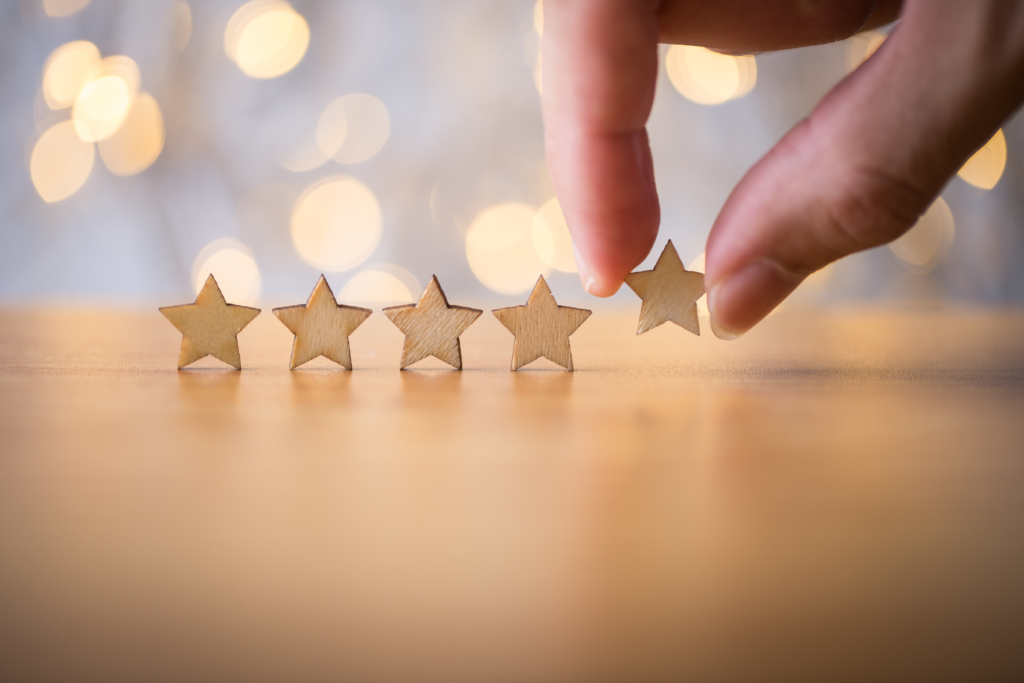




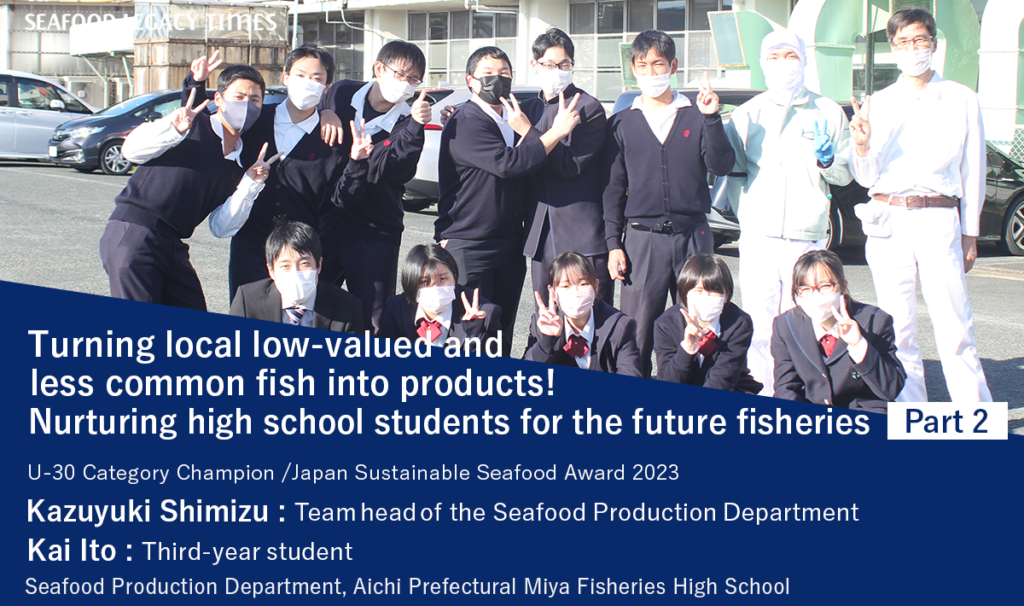
-1024x606.png)


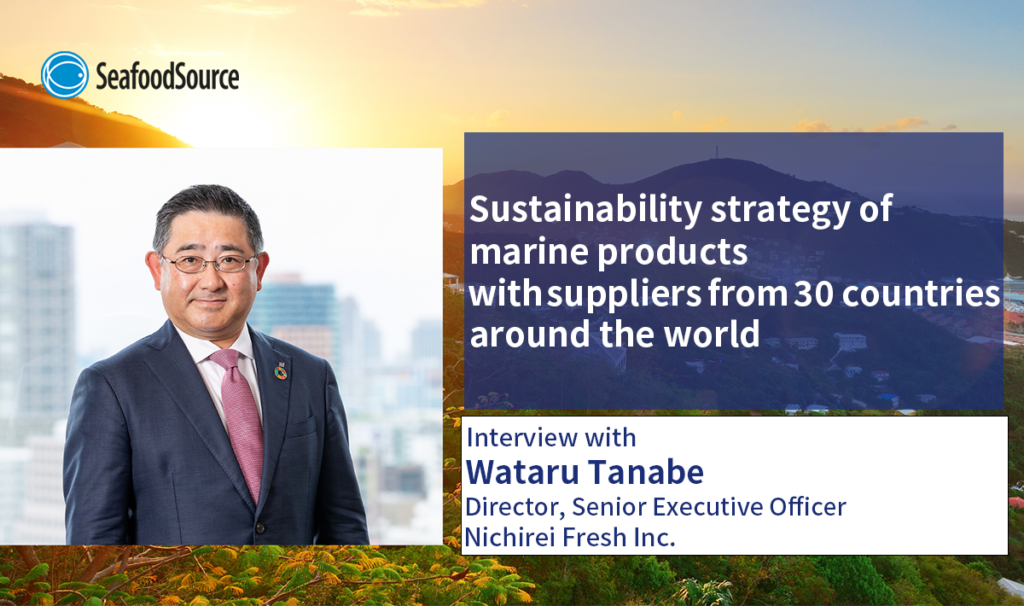
_-1024x606.png)

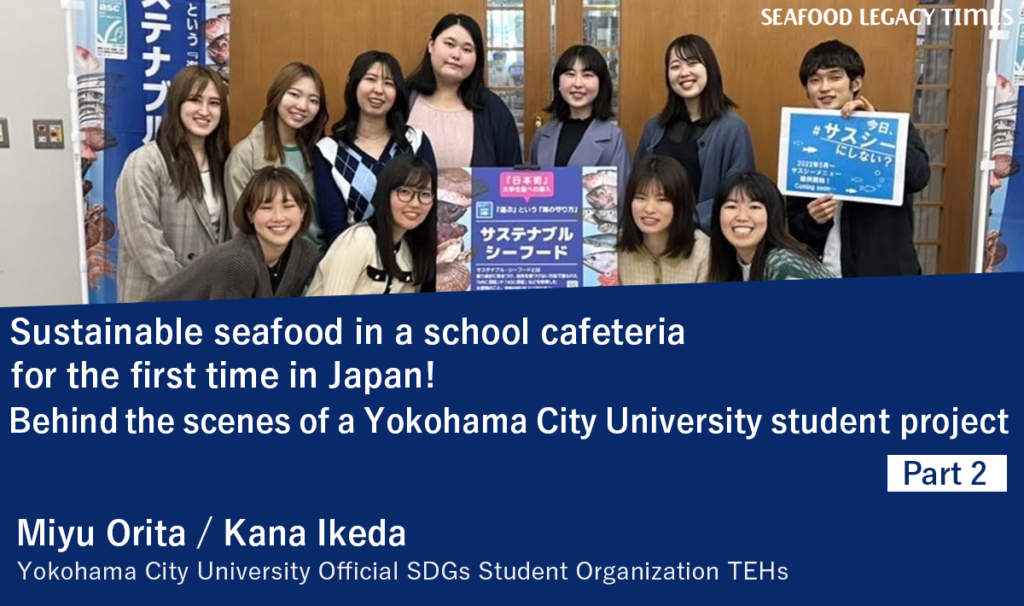
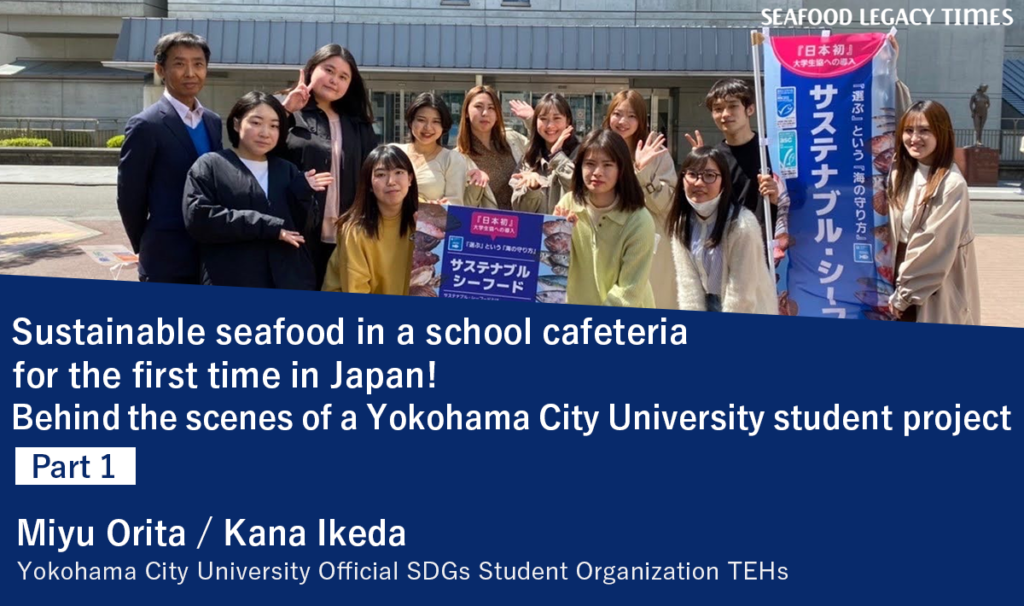



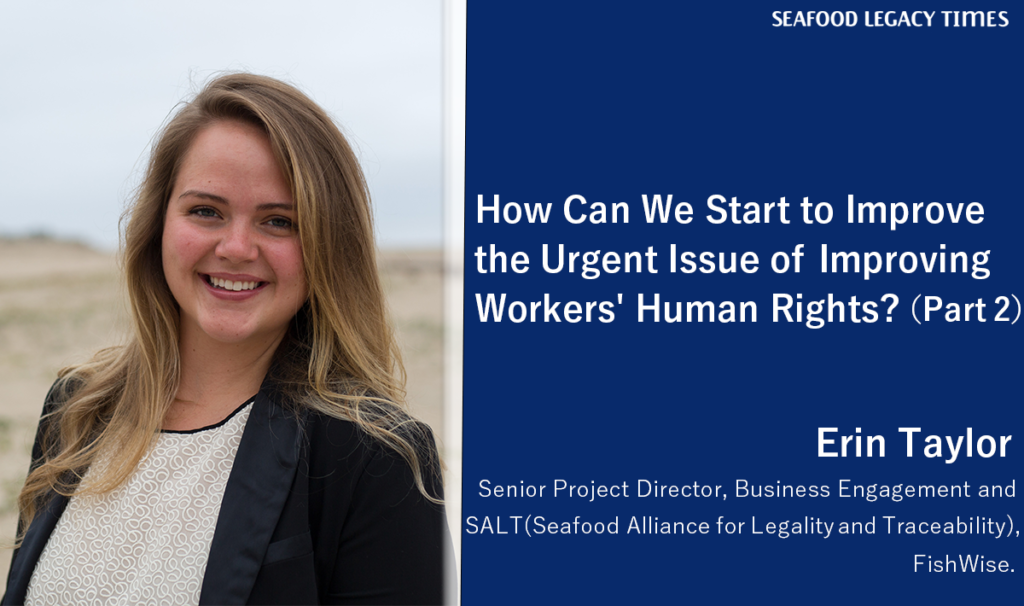
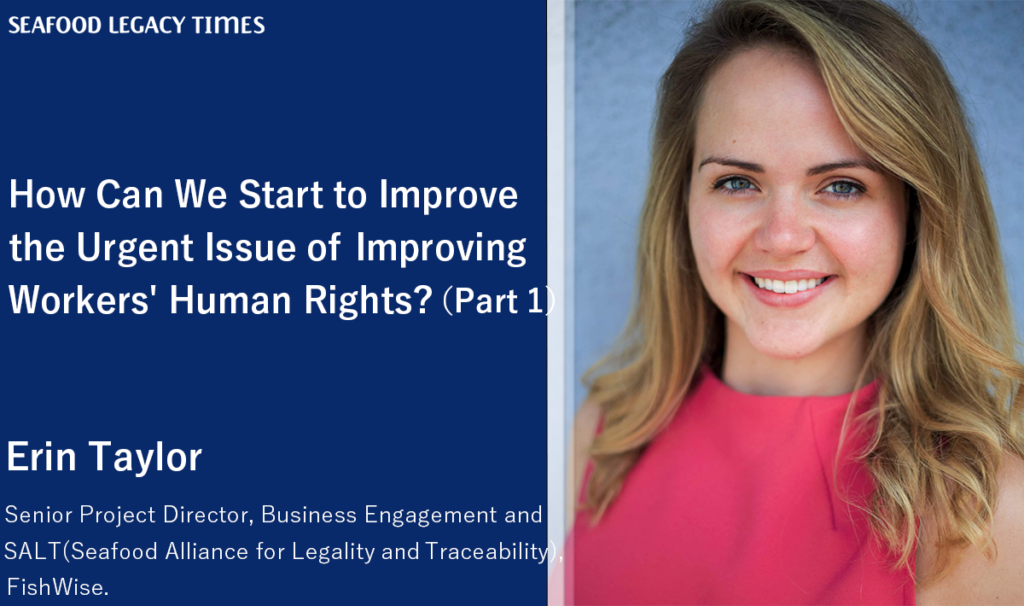
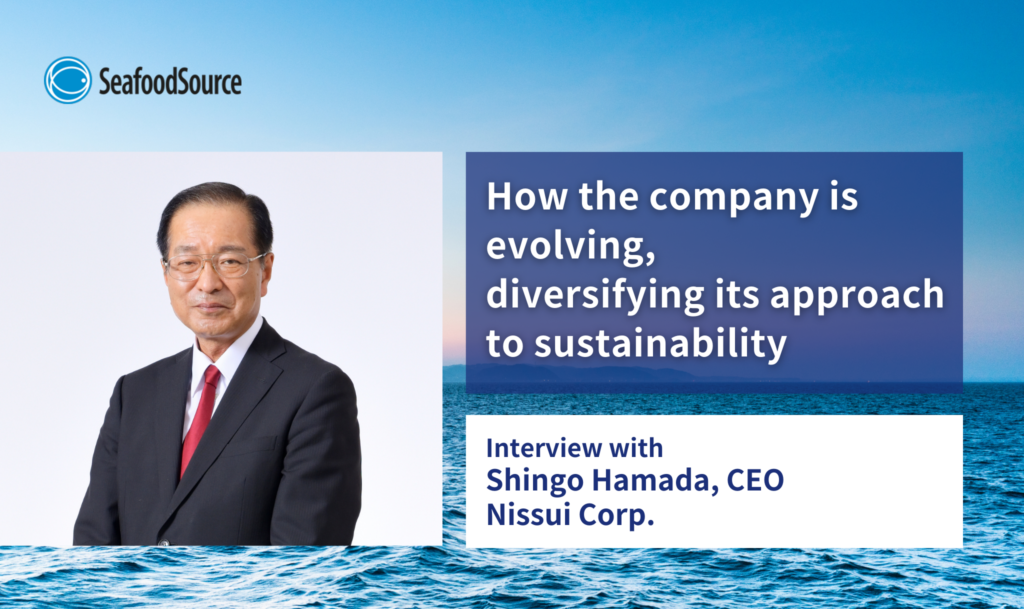




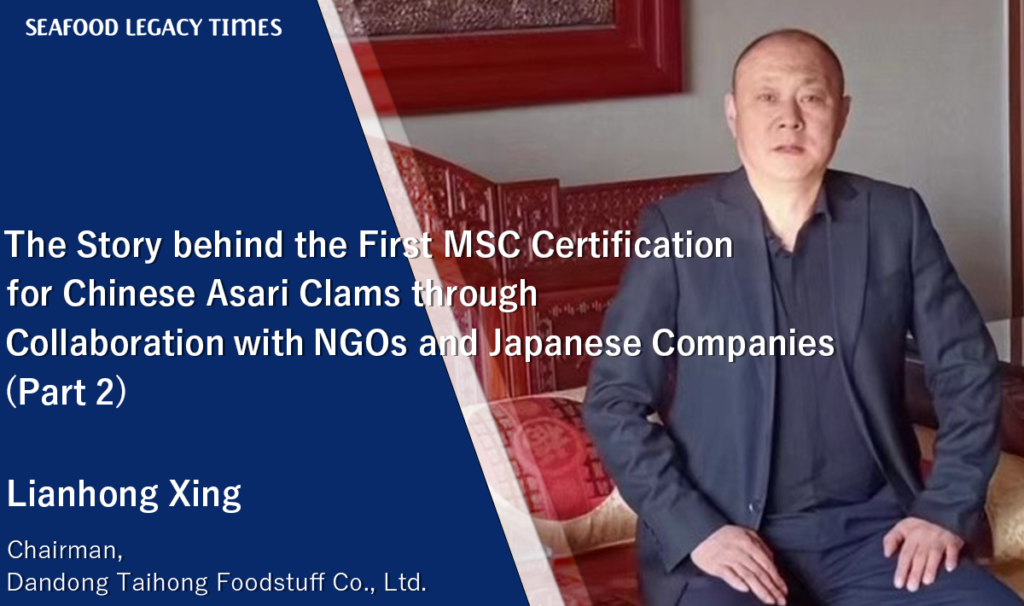
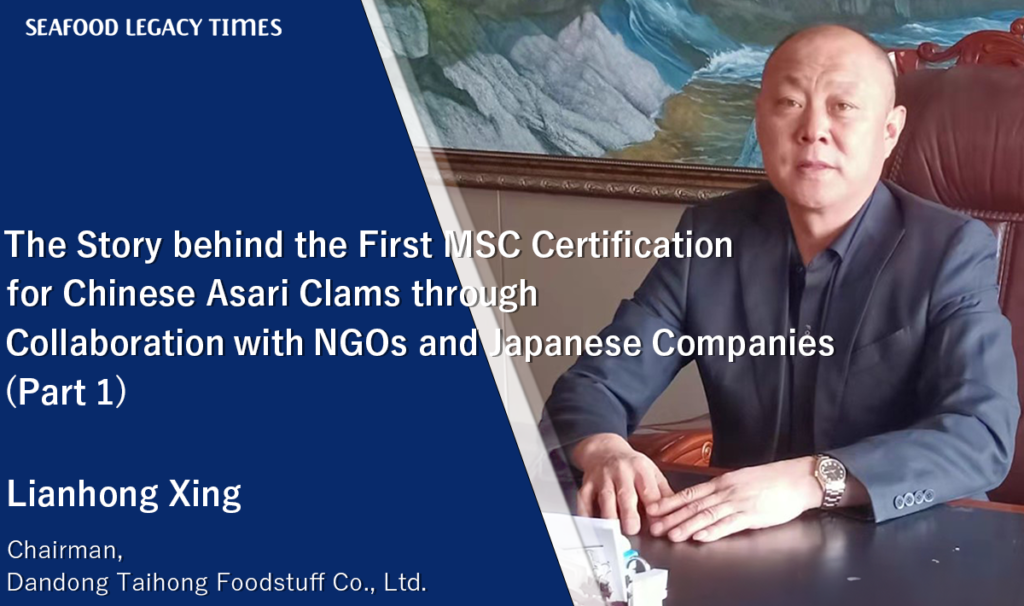



1_修正524-1024x606.png)


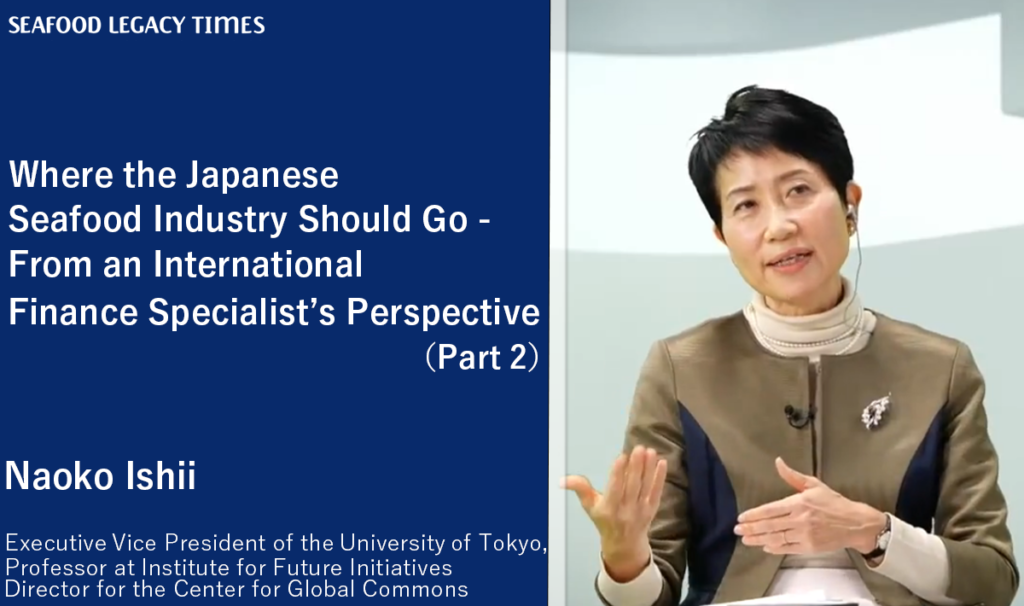







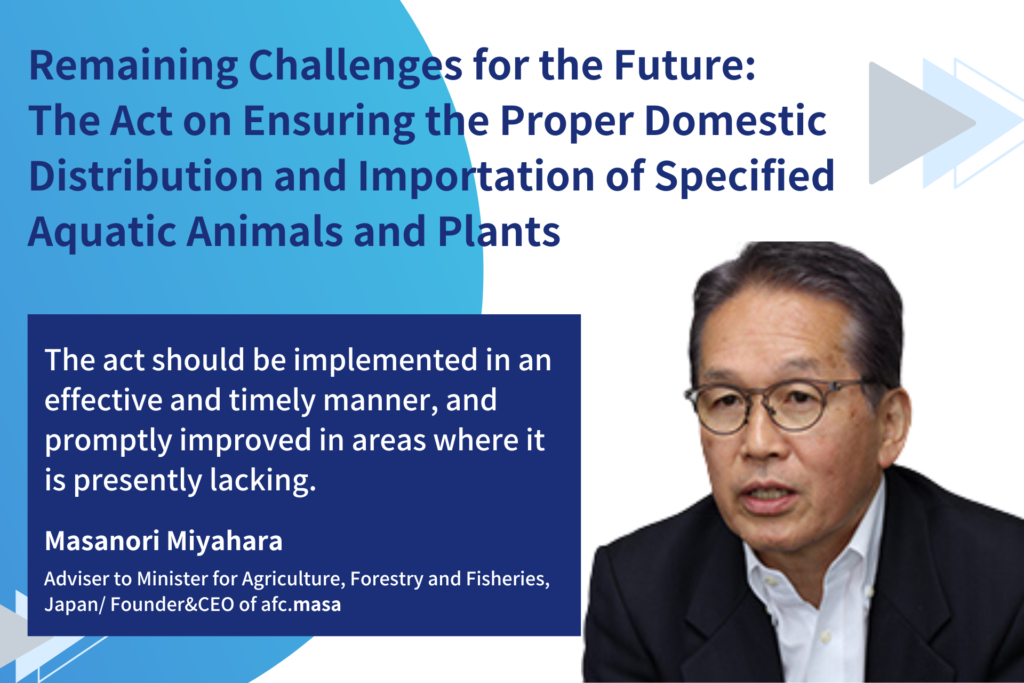
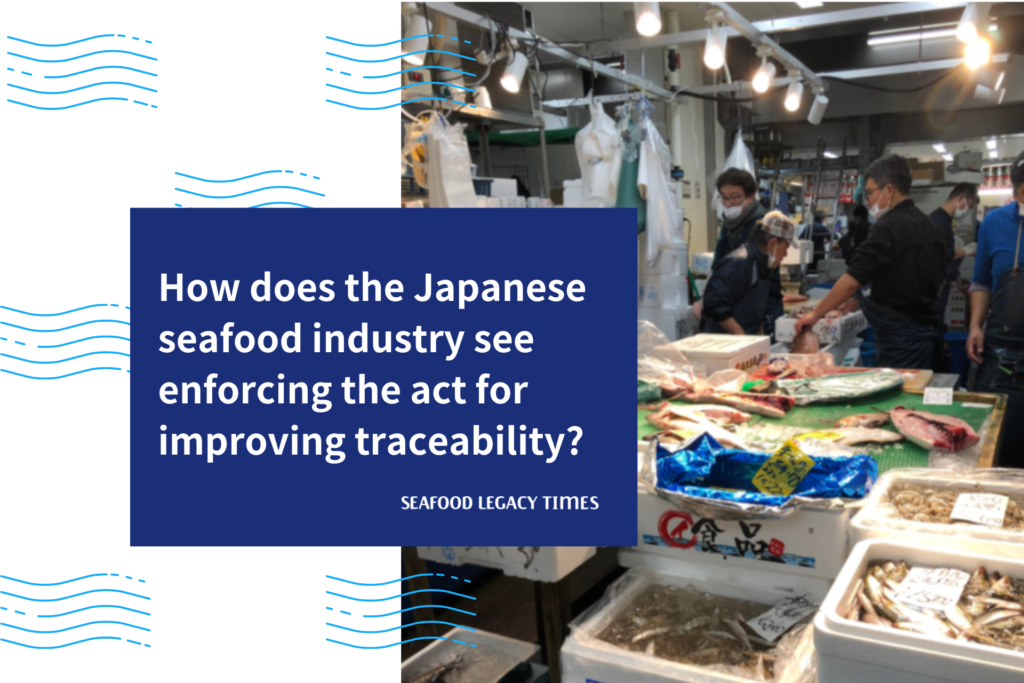



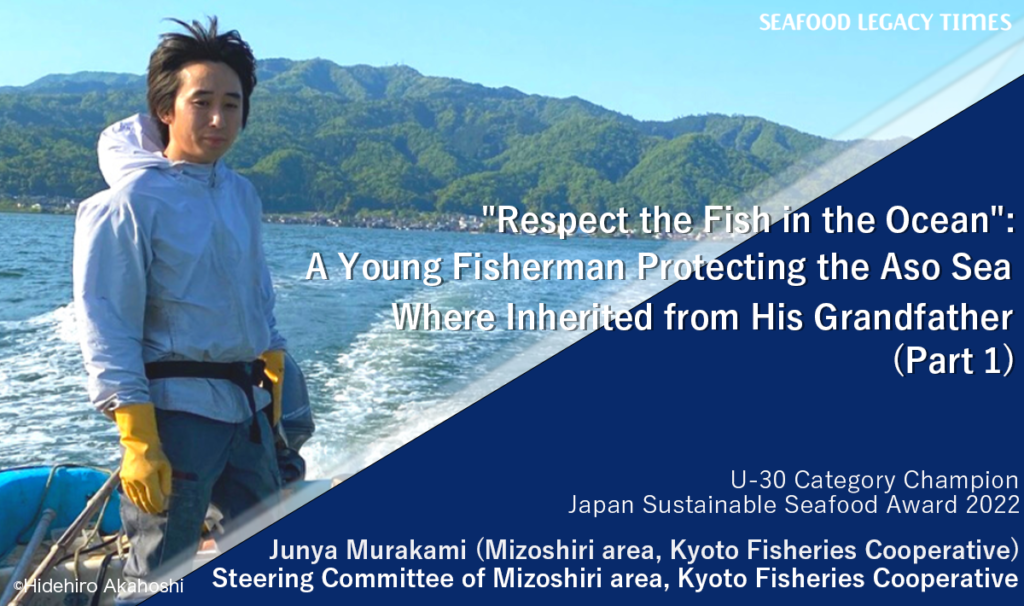
.2-1024x606.png)
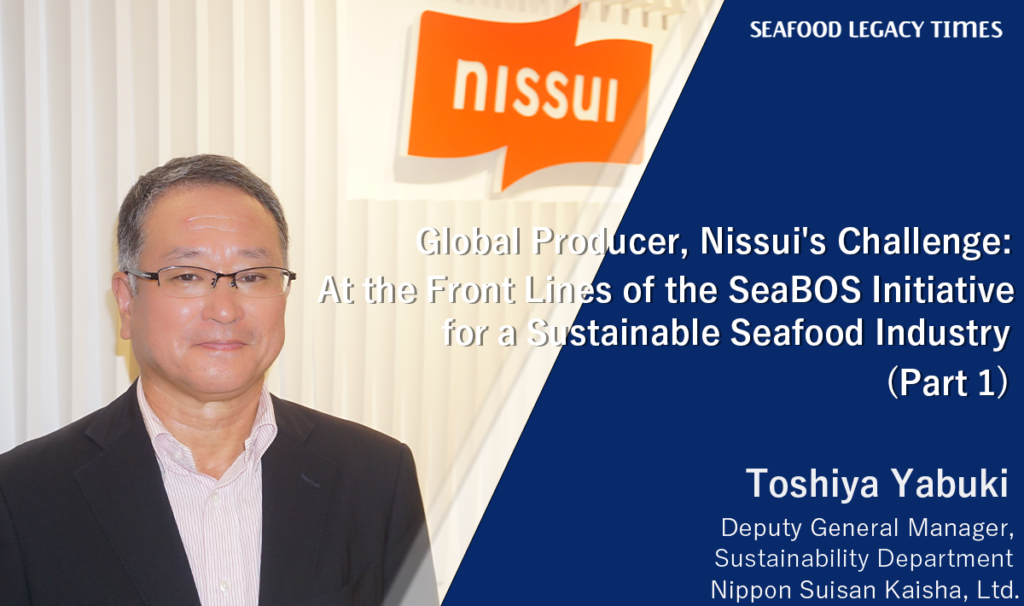
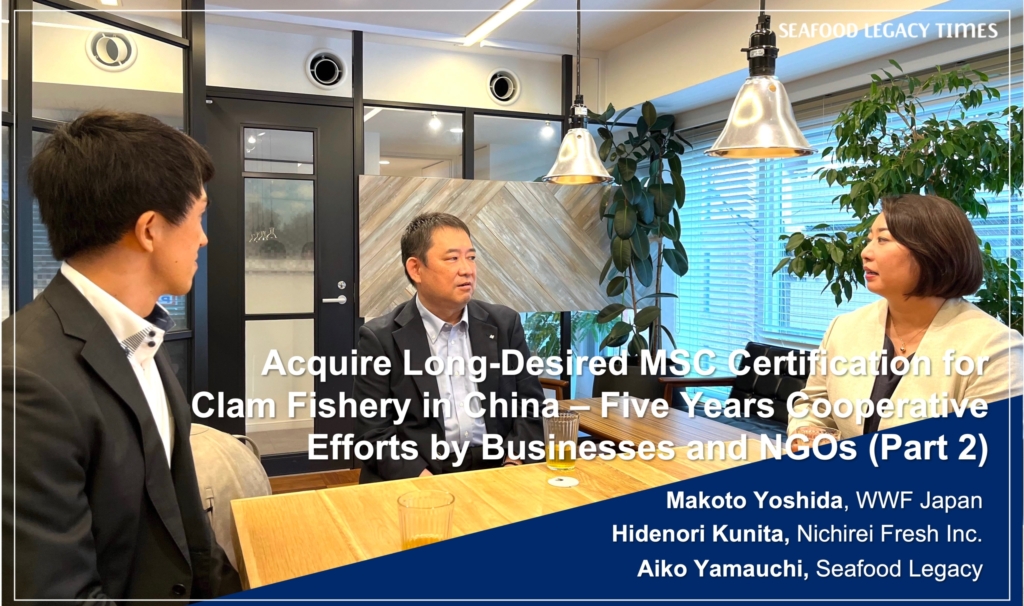
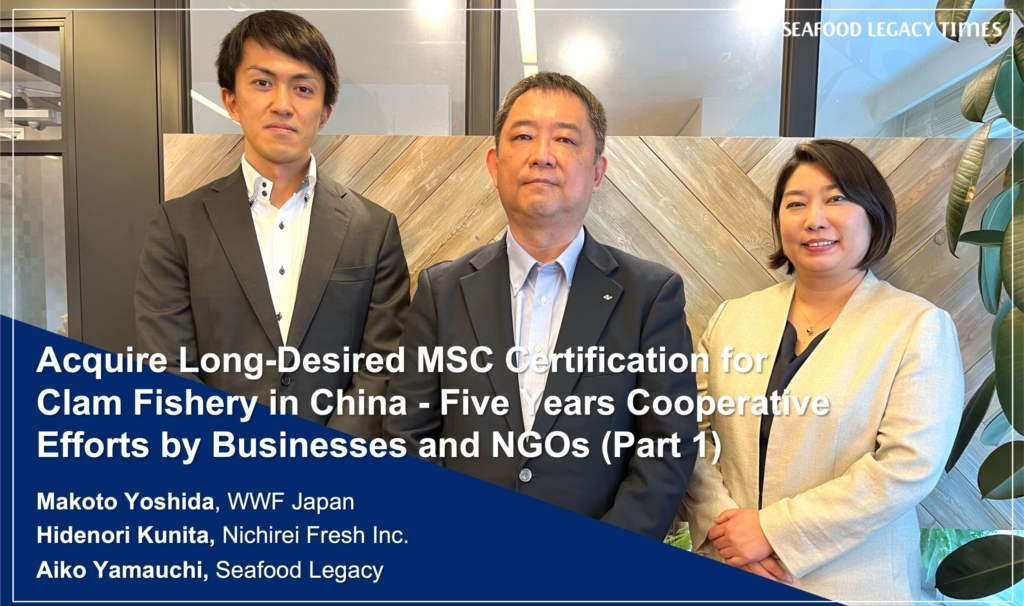






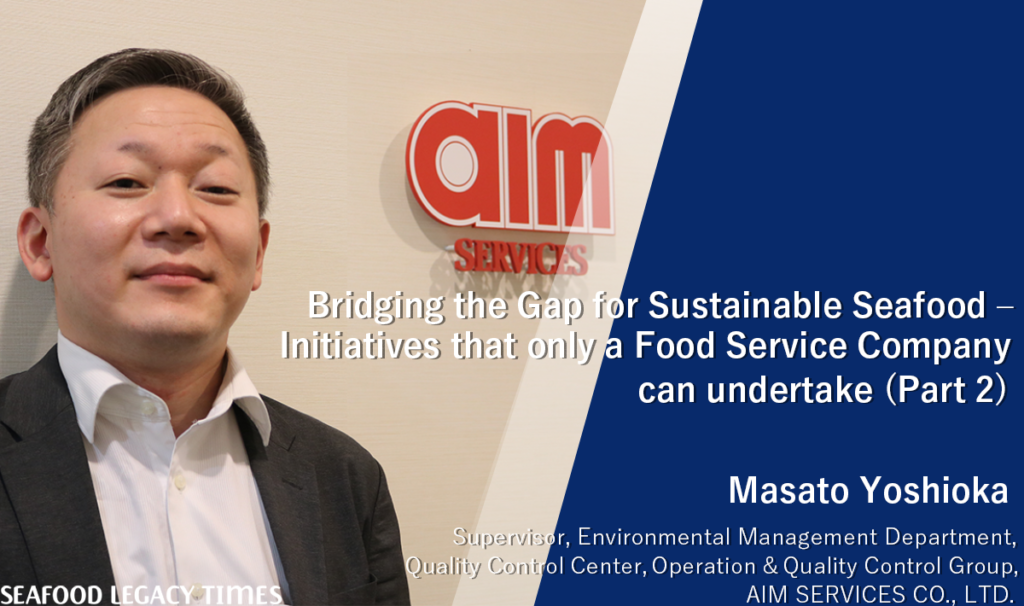
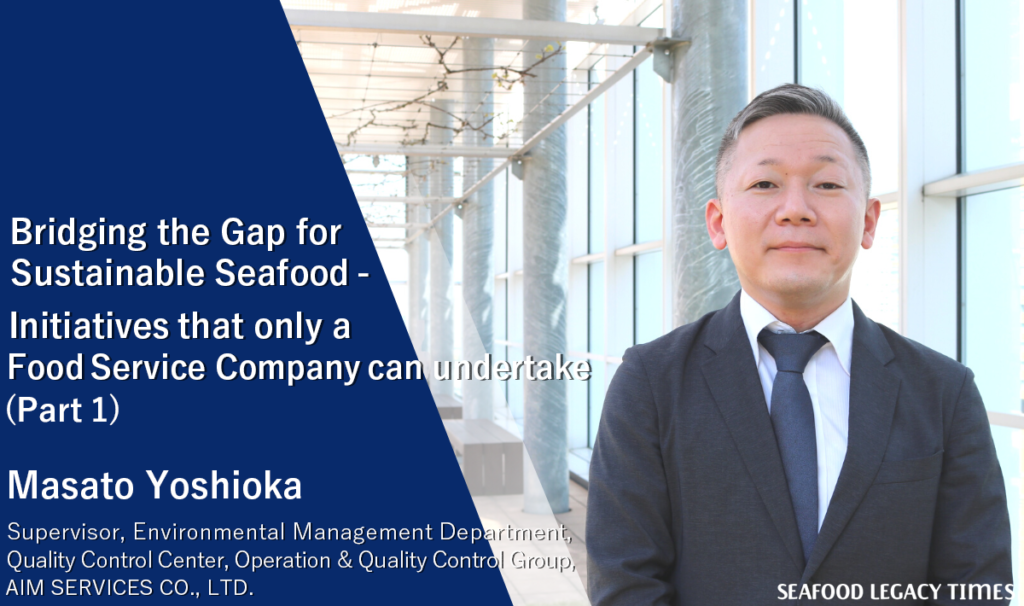
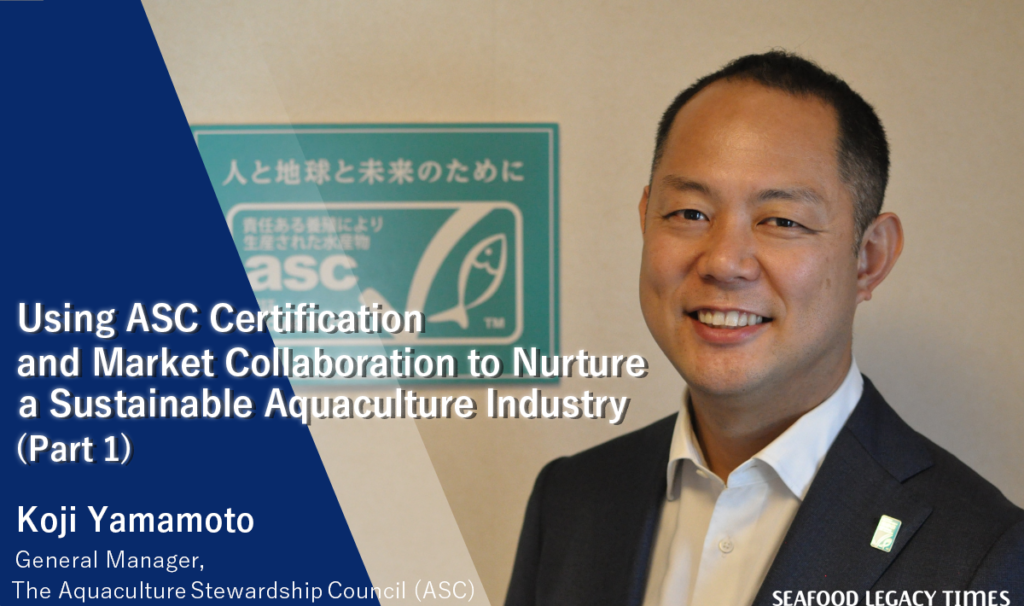
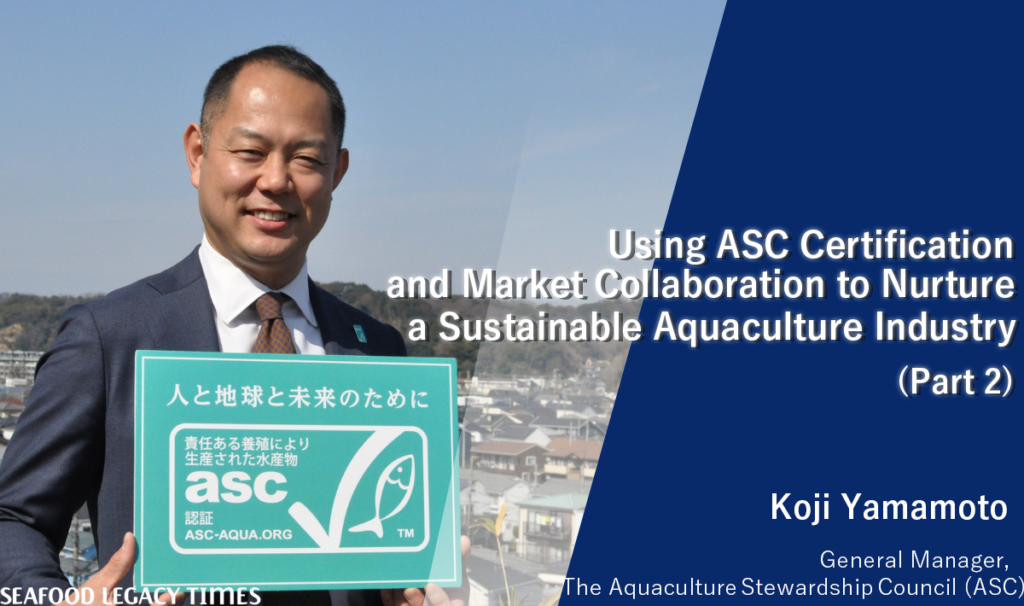
2-1024x606.png)
-1-1024x606.png)
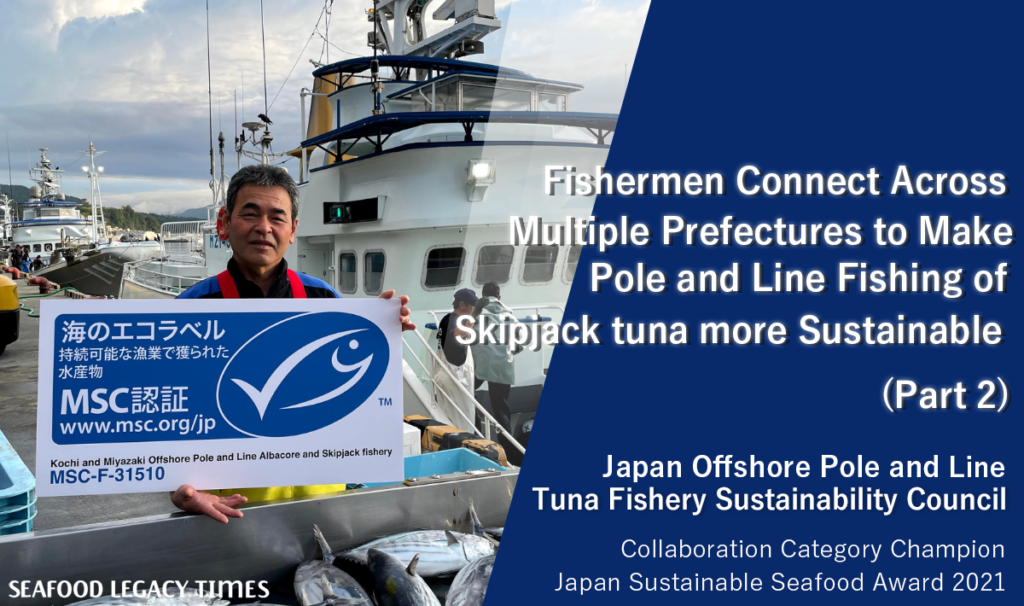
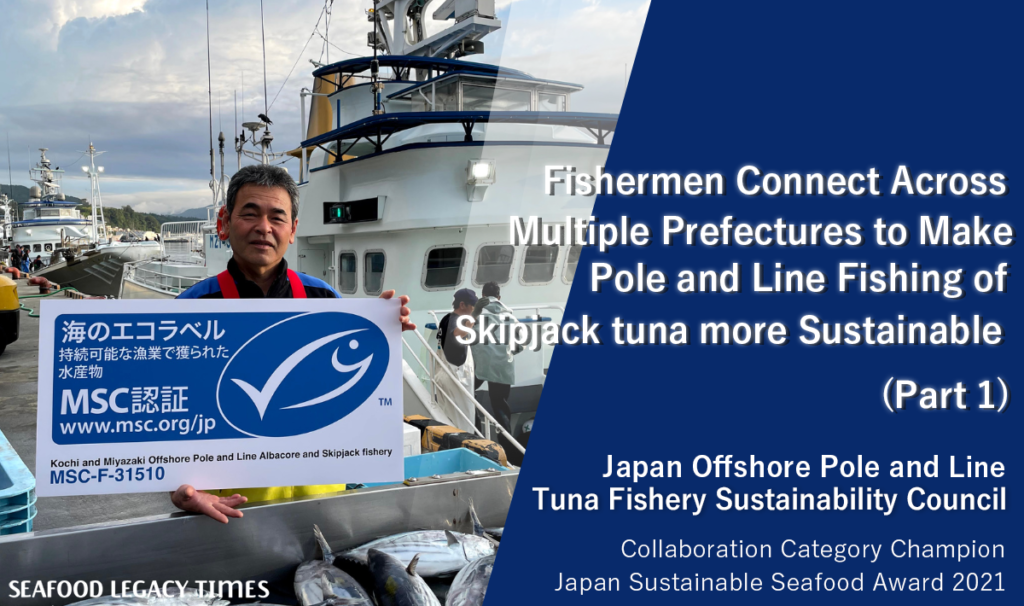
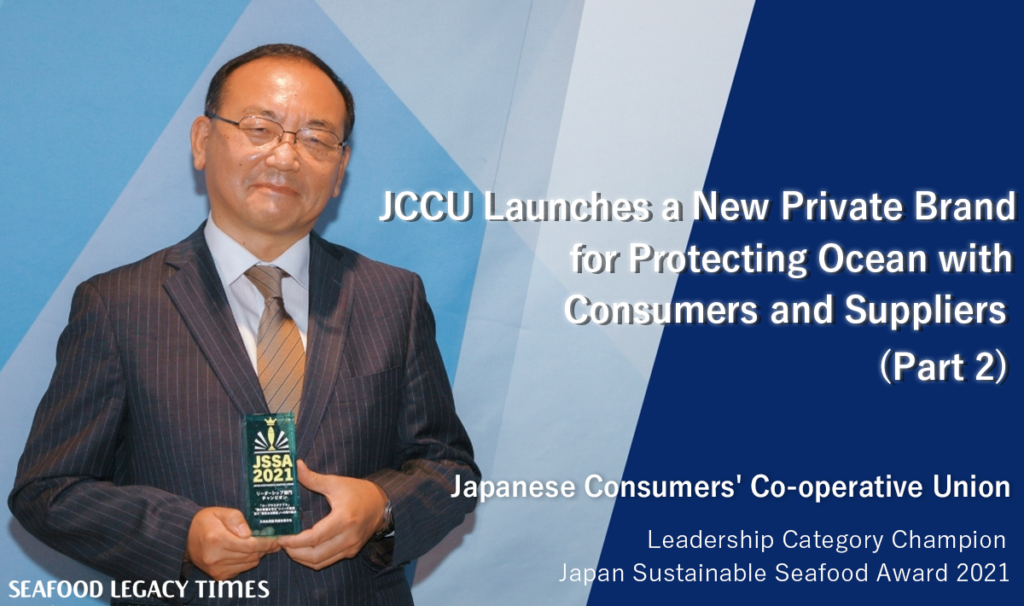
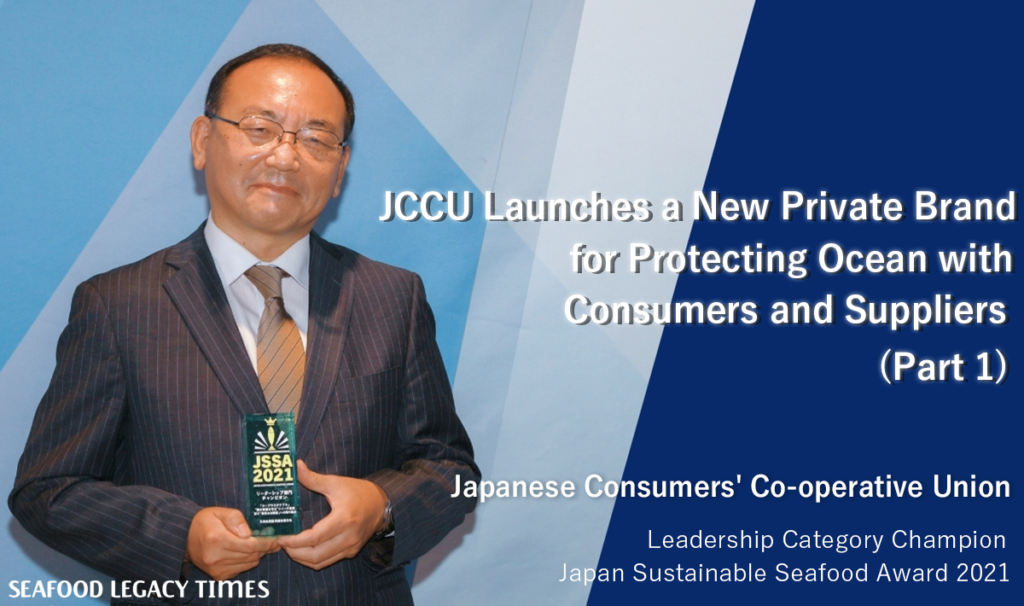
Part2-1024x606.png)
Part1-1024x606.png)
